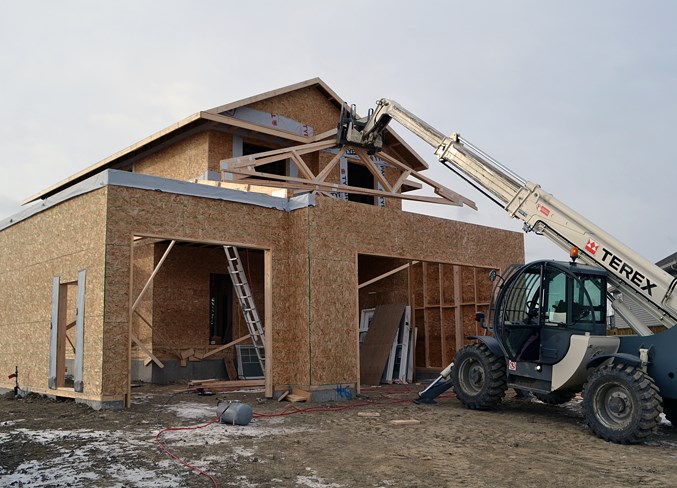When it comes to housing, I’m definitely what you would consider old school.
During our search for a home earlier this year, we discovered that Okotoks has many desirable subdivisions that are filled with architecturally diverse and well-appointed homes, but what it doesn’t have are many mature neighbourhoods. Sure, there are some, but given the vast majority -- about 80 per cent – of the town’s housing stock has been built in the last 30 years, new school trumps old school by a significant margin.
We came from a Greater Vancouver community that was developed largely in the 1960s and ’70s after a tunnel replaced a ferry to make it accessible to the rest of the region. Land was plentiful at that time so lots, at 8,000 square feet, give or take, were far larger than what you find today. The B.C. government implemented the Agricultural Land Reserve in the mid-1970s to prevent urban sprawl onto productive farmland, which meant lot sizes throughout the Lower Mainland immediately began to shrink in a bid to fit additional housing into a finite amount of space.
Homes became narrower and taller, while yards shrunk, or vanished altogether, in a new reality that saw density increase across the board. The move was not only necessary to provide accommodation for a burgeoning population, but smaller lots also did their part to keep prices in check, although you’d be hard pressed to believe that given today’s astronomical values in Greater Vancouver.
When we moved to Alberta, where land availability doesn’t seem to be an issue, we figured that lot sizes would be of the throwback variety to a time when homes had ample front and back yards, even side yards for that matter. Even though I’ve since learned that if an Alberta town or city runs out of land for housing, it just annexes acreage from the surrounding county and carries on, the notion that lot sizes would be bigger east of the Rockies turned out to be another ignorant West Coast assumption.
Despite having land to play with, developers are still much more likely to opt for smaller lot sizes, a practice that keeps prices lower, which is largely a good thing given housing has unfortunately morphed from shelter to commodity over the last few decades.
What it hasn’t done is give us old folks many choices if we’re in the market for a place with a decent-sized yard. On our search we were routinely faced with a decision between houses that were newer, most often nicer and typically bigger or older ones that sat on a larger piece of property.
In many ways it was tempting to go the newer route because the homes were more up to date and had features — pantry, home office, kitchen islands, etc. — that older ones simply couldn’t provide, to say nothing of the fact there were far more to choose from when considering that style of home.
In the end, however, we went old school, won over by the large yard, mature neighbourhood and access to amenities. I guess I just couldn’t resist the allure of more sidewalk to shovel and more leaves to pick up.




